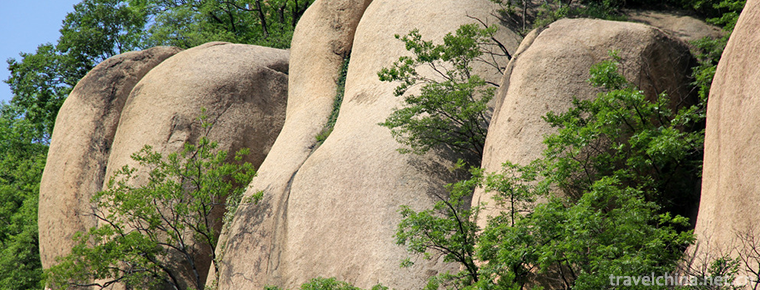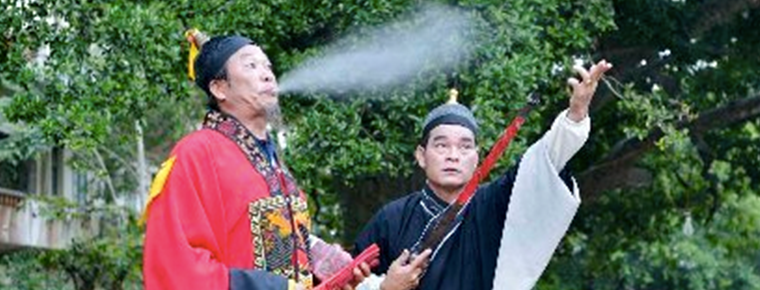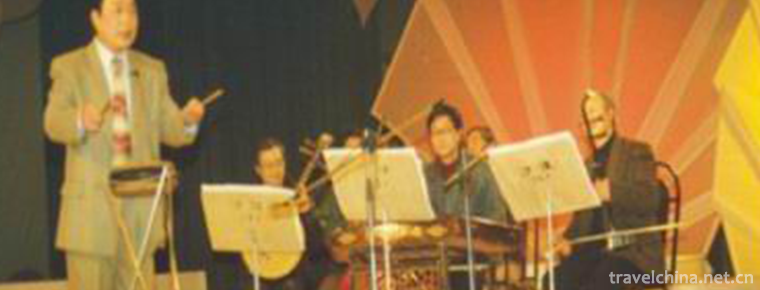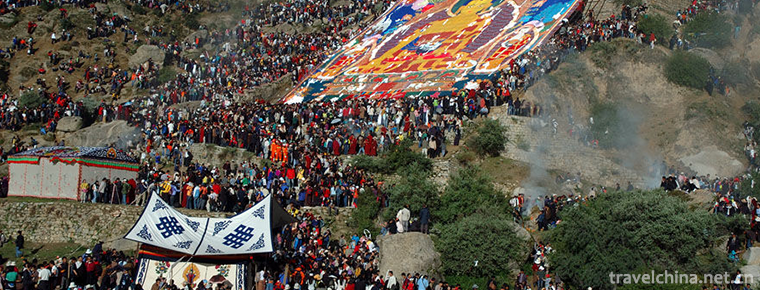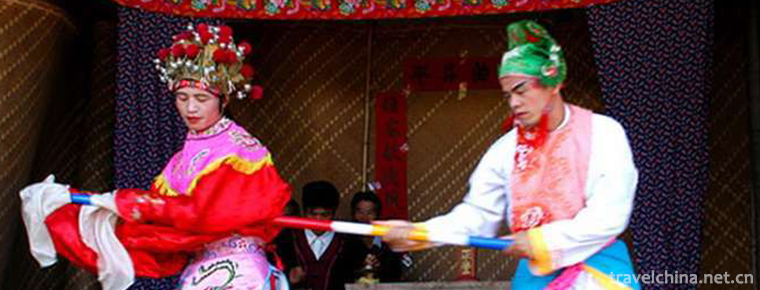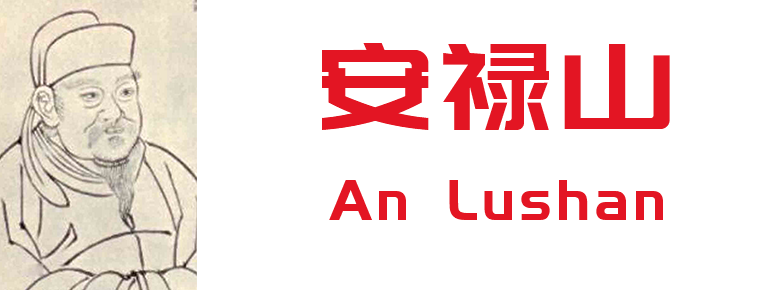Guqin art
Guqin art
Guqin art is embodied as a solo art form of flat stringed instruments. It also includes both singing and playing, as well as the ensemble of piano and xiao.
On May 20, 2006, the art of Guqin was approved by the State Council and listed in the first batch of national intangible cultural heritage list .
Following Kunqu Opera, Guqin Art is the second category of Chinese culture which has been listed as "Oral and intangible heritage of mankind". Qin, chess, calligraphy and painting were the four skills that ancient Chinese scholars were proud of, and they were also four kinds of arts. Among them, Qin music is the most ancient and continuous form of instrumental music in Chinese history. Its textual research history is 3000 years. Idioms such as "running mountains and rivers", "burning piano and boiling cranes" and "playing piano to cattle" are all well-known to women and children from allusions related to piano. However, as the piano has been a kind of elegance cultivated by literati since ancient times, and rarely played in public, modern people have limited understanding of it.
Form and Cultural Connotation
Guqin is about three feet, six inches and five cents long. It symbolizes 365 days a year. The head is six inches wide, symbolizing six-in-one. Four inches at the end of the piano symbolizes four seasons.
The piano was first made according to the shape of the Phoenix body. Its whole body corresponds to the Phoenix body (or the body corresponds to it). It has head, neck, shoulder, waist, tail and foot.
The upper part of "qintou" is called forehead. The lower part of the forehead is inlaid with hardwood for chords, which is called "Yueshan". At the bottom of the piano, there are two sound spaces, the larger one is called "Longchi" and the smaller one is called "Fengmao". This is called Shangshan Xiaze, there are dragons and phoenixes, symbolizing the universe. Both of them are usually rectangular, but there are also round or one side of a circle.
There is a hardwood strip on the forehead side of the mountain, which is called dew. There are seven "stringed eyes" to wear the strings.
There are seven piano rings to tune the strings. The side end of the piano head is the "guard".
Below the waist, it is called the end of the piano. The tail of the piano is inlaid with hardwood "dragon gingiva" to carry the strings. The edges on both sides of the gingiva are called "crown horns" or "coke tails", which can protect the tail of the piano.
Seven strings, with dew on them, turn to a pair of "goose feet" at the bottom of the piano through Yueshan and Longgum, symbolizing the seven stars.
There are thirteen "emblems" on the surface of the piano, which symbolize the leap months of twelve months and four years a year. The emblem is not only the symbol of overtone, but also the important basis of phoneme. Qin emblems are made of shells and also of jade or gold.
Guqin speakers are not made of sticky boards like Zheng or other musical instruments, but of hollowed out pieces of wood. Its Speaker Wall is thicker and rougher, so its sound has a unique charm and a sense of historical vicissitudes.
Inside the belly, there are two dark grooves in the head, one is "tongue point" and the other is "sound pool". There is also a dark trough at the tail, which is called "rhyme marsh". Corresponding to Longchi and Fengmao, there is often a "Na Yin" each. Longchi Nayin has "Tianzhu" on the head side and "ground pillar" on the tail side.
As far as the structure is concerned, the structure of each part of the piano is very reasonable. Its size is not small, not only easy to carry, but also square and elegant.
The shape of the piano is enough to make people happy with the use of paulownia, pine, Chinese fir and catalpa on the back. Painting, mainly black, but also red and brown. After a hundred years or so, the lacquer on the piano body began to produce broken lines. The sound quality of a broken piano will be better. Every ancient piano handed down from generation to generation has been repaired with raw lacquer. Guqin has a variety of large, medium and small types, mostly medium-sized. Its shape and structure are basically the same. There are Zhongni style, Lianzhu style, Luoxia style, banana leaf type and so on. Zhongni style is the most common.
Ancient piano strings, the best of which is translucent, are called ice strings. Now the wire core is wrapped around nylon string, the volume is increased, the residual tone is lengthened, and the friction noise of finger shifting according to the string is reduced.
From the naming of each part of the piano, it can be concluded that the piano system is influenced by Confucianism. The wide front and narrow back of the piano symbolizes the difference between superiority and inferiority. Gong, Shang, Jiao, Zheng and Yu five strings symbolize the five elements of gold, wood, water, fire and earth. Later, the sixth and seventh strings were added as Wen and Wu two strings to commemorate the two benevolent emperors of Zhou Wen and Zhou Wu in the Zhou Dynasty. The twelve emblems symbolize December, while the largest emblem symbolizes the leap month.
Guqin has three timbres: overtone, pressing tone and San tone, which symbolize the harmony of heaven, earth and man. The symbolic meanings of the names of these Guqin forms reflect the Confucian thought of rites and music and the harmony that Chinese people attach great importance to. Because the role of etiquette is to protect the individual, so that personality can play a role in harmony, and its role is to harmonize with the group. The combination of rites and music can make individuals and groups adjust each other and form a peaceful and reasonable life between people. Therefore, the implementation of ritual and music, two sets of superficially opposite techniques, is really to achieve the purpose of complementary and compatible. From the name of social order and rank borrowed from the naming of Guqin's form, we can see that its form implies the profound meaning of civilizing human relations.
Legends of origin
When did Qin originate? It has always been a puzzling question. About the founder of Qin, a general survey of ancient literature and legends, about Fuxi, Shennong, Huangdi, Tang Yao, Yu Shun said that the Qin was made by Fuxi, Shennong, and Yushun.
Fuxi is the most common document in the past dynasties. For example, in the Book of Rites, it says, "Fuxi's wedding ceremony is to make the ribbon as a gift, and to make the piano and the serpent as a pleasure." "Qin Opera" also has the saying that "the former Fuxi's piano works, so self-cultivation and rationality, return to naivety also".
Shennong-Fuyi's Qin Fu of the Eastern Han Dynasty has the following words: "The mystery of Shennong's initial system is to change with all one's voice." "Shiben" also said, "Shennong makes the piano, which is also said to be seven feet and two inches long."
Huangdi - Sima Qian wrote Historical Records, that is to say, from the beginning of Huangdi, he set the tone of most of the material civilization of China. The legendary Yellow Emperor not only had laws, but also created a piano tune called Qingjiao. It can be seen that the origin of the piano is also related to it.
Yao - "The Century of Emperors" said: "Yao wrote the Great Chapter, so that no sentence for the five-stringed piano, the world is great harmony. So the stars shine in the sky, the dew shines in the ground, the vermilion grass grows in the suburbs, the Phoenix stops in the courtyard, and Jiahe breeds in the mu. Zhu Changwen of the Song Dynasty wrote History of Qin, in which Emperor Yao was listed as the first in the book: "Emperor Yao resides in the world,..." When Dazhang was written, the sound of the piano had already been reconciled.
Shun - "Shangshu" records: "Shun plays the five-stringed piano, sings the poem of the Southern Kingdom, and governs the world. In addition, there is a description in the Book of Rites: "Shun used to make five-stringed piano and Kuishi made music to appreciate the princes".
Luo Zhenyu, a famous scholar, believes that the word "music" in oracle bone inscriptions of Shang Dynasty is "from silk to wood, the image of piano and serpent", which can be said to be one of the pianos in Shang Dynasty. In particular, the Book of Songs, written about the middle of the 6th century B.C., contains 305 ancient songs from the 11th to the 6th century B.C. Among them, the records of Qin appeared repeatedly in the lines, such as "My Fair Lady, Friends of Qin and Se", "Qin and Se beat drums, to Royal Tianzu" and so on, which shows that the music of Qin and Se had been widely penetrated into all levels of social life at that time. Confucius also wrote 305 pieces of the Book of Songs, which showed that the Book of Songs was the earliest collection of piano songs. It can be seen that the piano was widely spread three or four thousand years ago.
Inheritor
Cheng Gongliang, Li Xiangting, Gong Yi, Zheng Haozhong, Wu Zhao Jiazhen, Yao Gongbai, Liu Chicheng, Li Bing, Wu Wenguang, Lin Youren, Li Yuxian, Liu Zhengchun, Liu Shanjiao, Xie Daoxue, Wang Yongchang, Zheng Yunfei, Xu Xiaoying, Yu Qingxin, Ding Chengyun

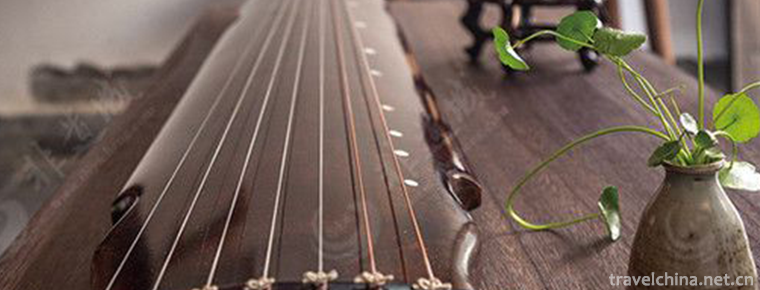
-
Hainan Zhai Opera
Hainan Zhai Opera is a traditional sacrificial ritual drama in Hainan Province. It is similar to the Nuo Opera in northern China. It is known as "Nuo Opera in the north.
Views: 209 Time 2019-05-02 -
Jingzhou Miao Geku
The Miao people's song (tgong) has been declared as the first batch of national folk intangible cultural heritage and one of the two "national treasures" of Huaihua City..
Views: 133 Time 2019-05-08 -
Shuoguzi
Shuoguzi, also known as Jingzhou Shuoguzi, is a kind of traditional folk music in Hubei Province. It mainly talks, sings in the middle, beats drums and tells stories, accompanied by suona. It is popul.
Views: 131 Time 2019-06-16 -
Sho Dun Festival
The Shirton Festival is a traditional religious festival of Tibetan people in Tibet, Qinghai, Gansu, Sichuan, Yunnan and other provinces and regions. It is mostly held in early February, mid-April or .
Views: 167 Time 2019-07-09 -
Yongan Daqiang Opera
Yongan Daqiang Opera was formed in the mid-Ming Dynasty. It is a genre of Yiyang Opera. It is called Daqiang Opera because it is "big gong, big drum and big voice singing high tune". During .
Views: 215 Time 2019-07-14 -
Beijing Police College
Beijing Police College is a full-time general undergraduate college approved by the Ministry of Education, sponsored by the Beijing Municipal People's Government, administered by the Beijing Public Se.
Views: 114 Time 2019-09-06 -
An Lushan
An Lushan (703 to 757 years). Yingzhou (today's Liaoning Chaoyang) Kang Name Rolling hill 。 His father may be kang Hu people Mother A Stead S is a the turks Witch. According to legend, his mother did .
Views: 248 Time 2019-09-11 -
Topography and geomorphology of Luzhou
Luzhou city is a typical mountainous city with 56.14% of the total land area. It is mainly composed of high mountains (500-1000 meters above sea level) and middle mountain (1000-1902 meters above sea level). Taking the middle Yangtze River Valley as the lowest center, it gradually .
Views: 309 Time 2020-12-14 -
Hydrology of Neijiang River
Tuojiang River is the main river in the urban area. It flows through Zizhong, Dongxing and Shizhong District. It is the main waterway transportation route in the city. Since ancient times, there has been a busy scene description of "boats of ten thousand trees.
Views: 299 Time 2020-12-16 -
Nanchong medical and health
By the end of 2019, Nanchong has 8457 medical and health institutions (including village clinics), including 166 hospitals and 8250 primary medical and health institutions. The number of beds in medical and health institutions was 43726, an increase of 4.9% over 2018.
Views: 313 Time 2020-12-17 -
Plant resources in Yibin
Yibin City belongs to subtropical evergreen broad-leaved forest area, with rich plant species and diverse vegetation types. There are 435 species of arbor and shrub plants, 205 genera, 86 families, 59 species of bamboos, and 310 species of landscapi.
Views: 291 Time 2020-12-18
